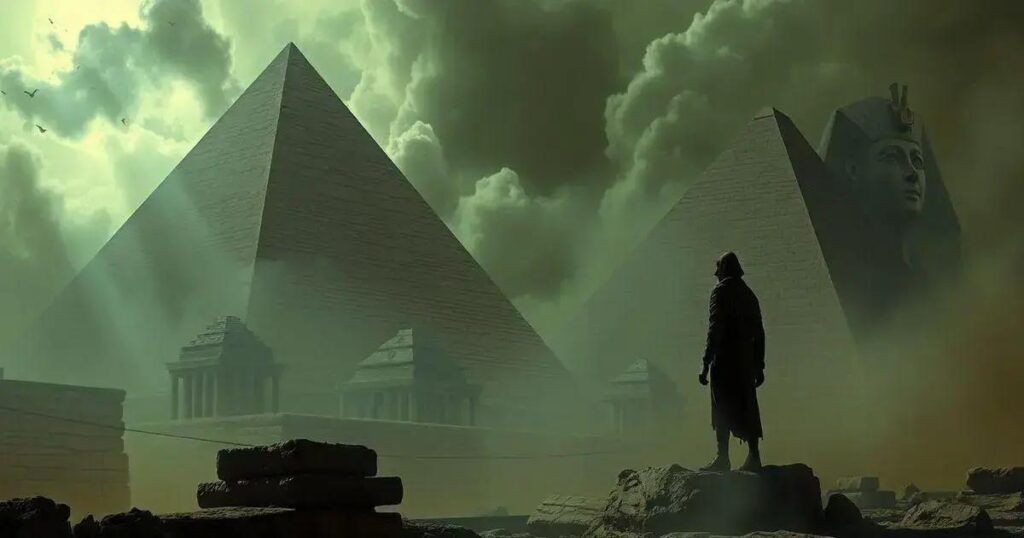Exploring alternatives to the Trick of the Egyptian Pharaohs reveals valuable historical lessons on leadership, strategy, and influence, emphasizing collaboration, storytelling, and the importance of symbols in modern governance.
The Trick of the Egyptian Pharaohs has intrigued historians and curious minds alike. These ancient methods were not mere deception; they were intricate strategies used for control, survival, and legacy. In this post, we will investigate whether there are alternatives to the Trick of the Egyptian Pharaohs that still hold relevance today. From historical practices to modern adaptations, we’ll explore a range of approaches that provide insights into ancient wisdom and its applicability to our contemporary lives.
Understanding the Trick of the Pharaohs
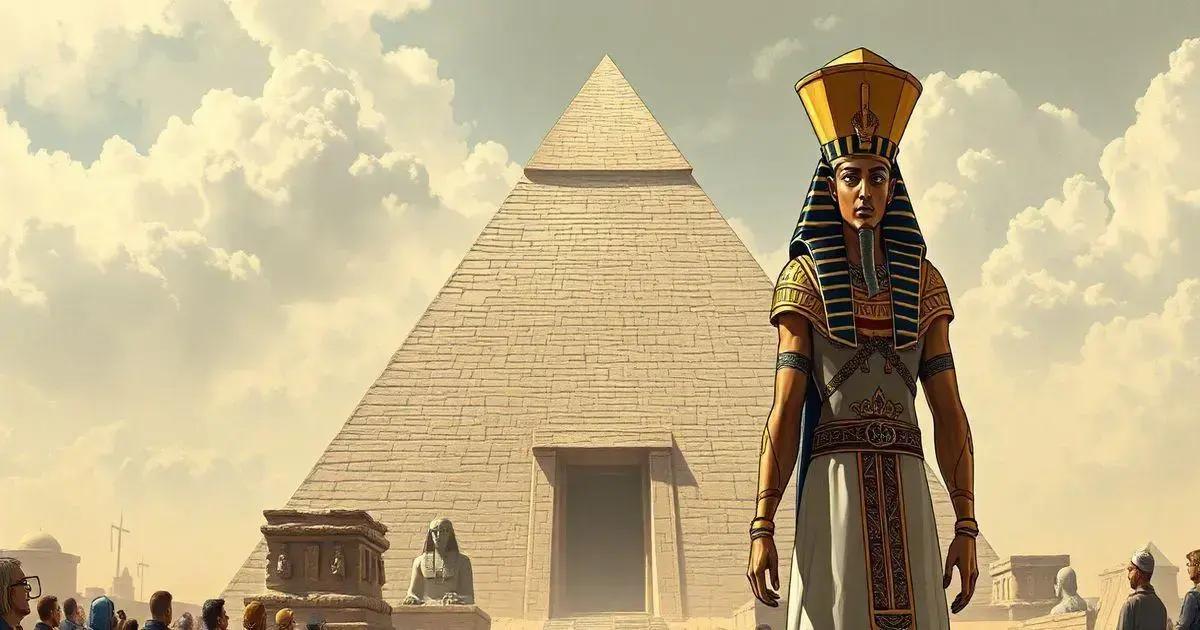
The Trick of the Pharaohs refers to the clever techniques and strategies that ancient Egyptian rulers used to maintain power and control. These methods were often disguised as divine wisdom or seen as mystical practices, engaging both awe and obedience from their subjects.
The Importance of Deception
Deception played a crucial role in establishing the authority of the Pharaohs. For example, they utilized impressive monuments like the pyramids to project their greatness. These structures served both as tombs and as symbols of eternal life, reinforcing their divine right to rule.
Religious and Cultural Aspects
Religious beliefs deeply intertwined with governance allowed Pharaohs to manipulate perceptions. By presenting themselves as gods or intermediaries to the divine, they shielded their actions from scrutiny. This tactic created a culture where questioning the Pharaoh was tantamount to questioning the gods.
Psychological Control
The Pharaohs mastered psychological control over their people. They organized grand ceremonies and public displays that inspired fear and admiration. By controlling the narrative through celebrations and rituals, they maintained a loyal following, ready to believe in their divine rule.
Legacy of the Pharaoh’s Trick
Even today, the legacy of these tricks is still relevant. Modern leaders continue to study these ancient methods to understand how perception and power interact, highlighting the enduring fascination with the ancient Egyptian approach to governance and influence.
Exploring Ancient Alternatives
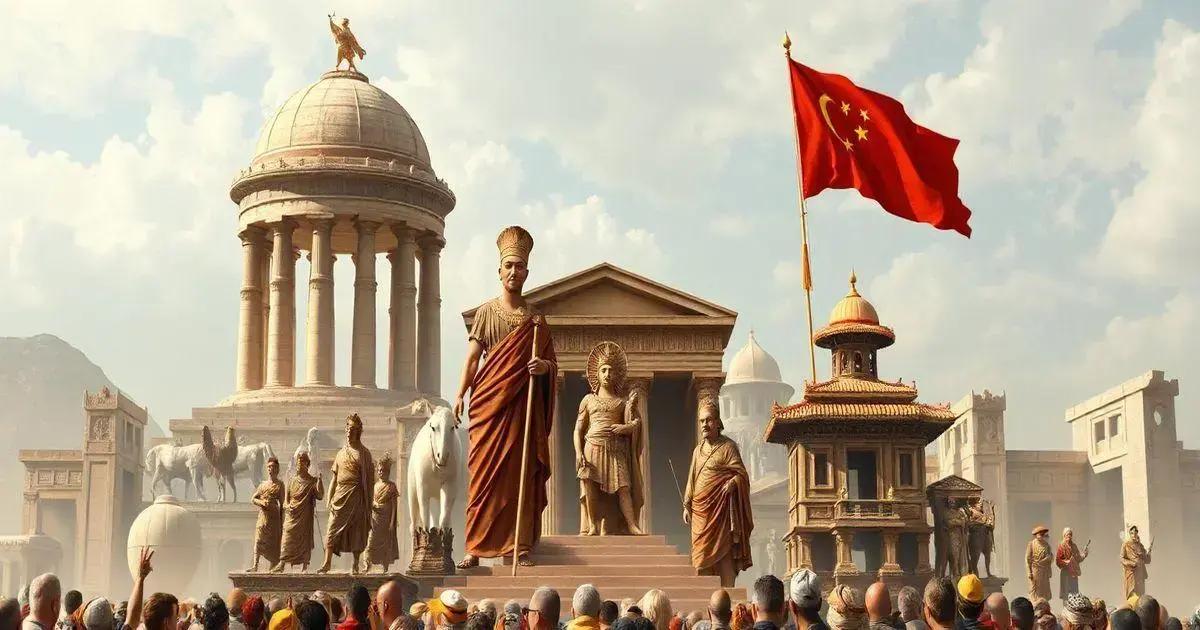
Throughout history, various cultures created alternatives to the methods used by the Egyptian Pharaohs. These alternatives often emerged from a desire to share power or to approach leadership with different philosophies.
Sumerians and Bureaucratic Leadership
The Sumerians, for instance, developed complex bureaucratic systems that allowed for shared decision-making. This system limited the absolute power of any single leader and was rooted in practical governance rather than divine authority.
Democratic Practices in Ancient Greece
In ancient Greece, city-states like Athens embraced democracy. Citizens directly participated in decision-making, contrasting with the authoritative rule of the Pharaohs. This public forum approach encouraged debate and civic involvement.
Chinese Philosophies of Governance
Chinese leaders relied on Confucian ideals, promoting moral governance and the importance of the ruler’s virtue. The Mandate of Heaven dictated that a ruler’s right to govern depended on their ability to serve the people, creating an accountability framework absent in Pharaoh’s rule.
Lessons from Indigenous Cultures
Similarly, many indigenous cultures emphasized consensus and communal leadership. Decisions were often made through discussions involving elders and community members, highlighting the value of unity and collective wisdom.
Modern Interpretations of Pharaoh Practices
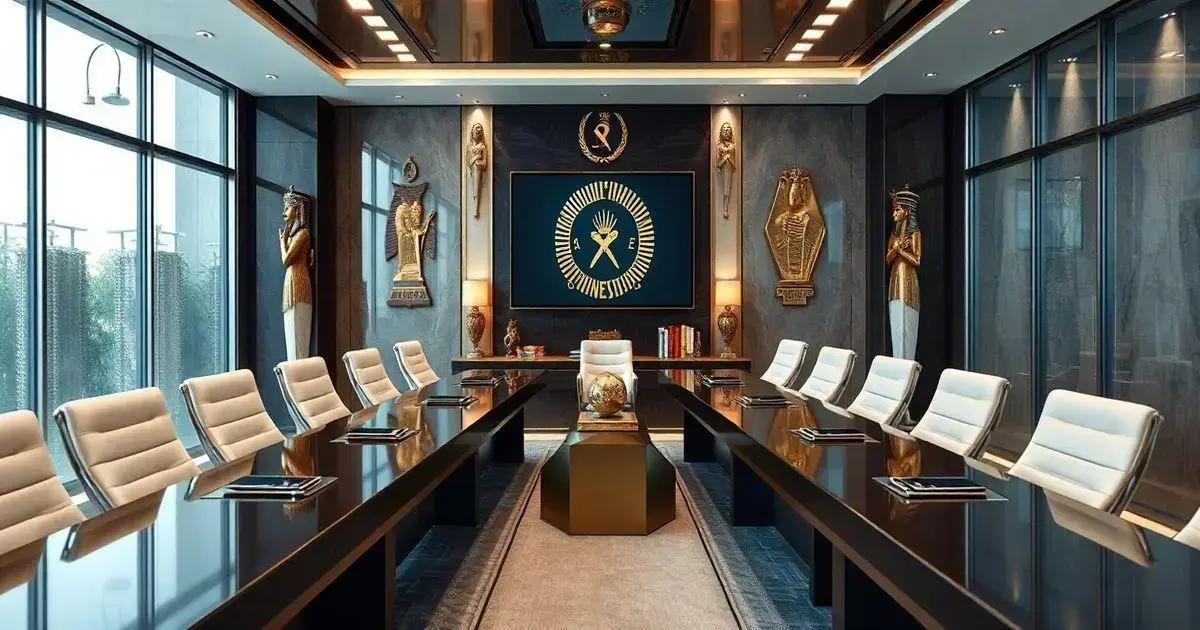
Modern interpretations of Pharaoh practices reveal how ancient techniques can inspire contemporary leaders. Many methods used by Pharaohs are relevant in today’s governance, business, and social contexts.
Strategic Leadership
Today’s leaders can learn from the strategic planning seen in ancient Egypt. Pharaohs built grand monuments as a way to project power but also to unite people under a common goal. This concept of strategic vision is crucial in modern business, where leaders must motivate teams towards a shared purpose.
Branding and Image Management
The Pharaohs were masters of branding, using imagery and propaganda to build a powerful public image. In the digital age, companies likewise craft their brands to create an identity that resonates with consumers. Modern leaders can leverage social media to shape their narrative and engage with their audience effectively.
Ritual and Ceremony
Rituals held great importance in ancient Egyptian culture, serving to reinforce loyalty and community. Today, organizations still utilize ceremonies and team-building events to foster company culture. These practices promote unity and commitment, just as they did in ancient times.
Understanding Influence and Authority
Pharaohs utilized their perceived divine authority to govern. Modern leaders also navigate the complex landscape of influence. Understanding the dynamics of power, whether through genuine authority or strategic collaboration, remains essential for effective leadership today.
Lessons from History: Adapting Techniques
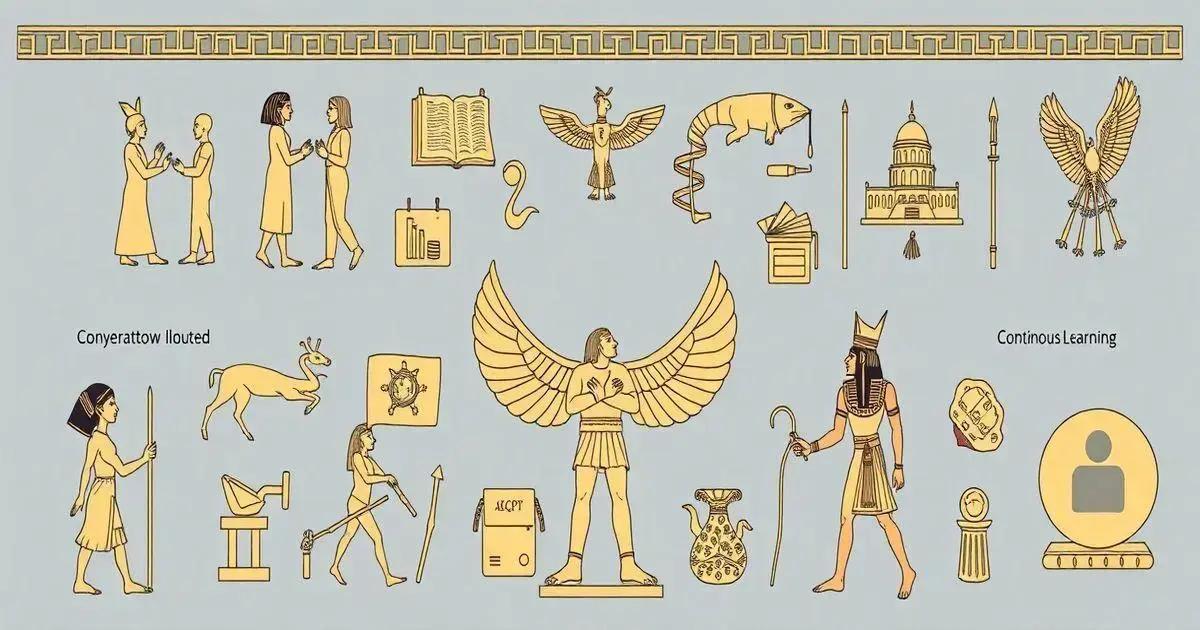
Learning from history enables us to adapt valuable techniques used by the Pharaohs to suit our modern needs. By analyzing ancient practices, we can uncover strategies that foster success today.
Embracing Collaboration
The Pharaohs often made decisions based on input from advisors and priests. Emulating this collaborative approach, modern leaders can gather diverse perspectives within their teams. Encouraging communication and collaboration can lead to innovative solutions and stronger organizational bonds.
Utilizing Storytelling
Pharaohs used storytelling to convey their legacy and justify their rule. Today, storytelling remains a powerful tool in marketing and branding. Leaders can craft compelling narratives that resonate with audiences, fostering emotional connections while clearly communicating their purpose.
Continuous Learning and Adaptation
Like the Pharaohs, who adapted their strategies to changing conditions, modern leaders must also embrace continuous learning. Staying informed about industry trends and being willing to pivot can enhance resilience and adaptability.
Leveraging Symbols and Imagery
The Pharaohs effectively used symbols to instill loyalty and convey authority. Similarly, today’s organizations can create strong visual identities that resonate with their audience. Consistent branding, logos, and messaging enhance recognition and trust among consumers.
In summary, what can we learn from the Egyptian Pharaohs?
The practices of the Egyptian Pharaohs provide timeless lessons in leadership, strategy, and influence. By understanding their methods, we can explore alternatives that resonate with modern governance and business.
Adapting their techniques—whether through collaboration, storytelling, or leveraging symbols—offers pathways for success in today’s world. As we incorporate these historical insights into our practices, we can enhance our leadership effectiveness and organizational impact.
Ultimately, the wisdom from ancient Egypt serves as a rich resource for navigating the complexities of modern life.
FAQ – Frequently Asked Questions about Egyptian Pharaoh Practices and Modern Alternatives
What were the main strategies used by the Egyptian Pharaohs?
The Egyptian Pharaohs employed strategies such as religious authority, monumental architecture, and psychological control to maintain power and influence over their subjects.
How can modern leaders learn from Pharaoh practices?
Modern leaders can adopt techniques such as collaboration, effective branding, storytelling, and continuous learning to enhance their leadership capabilities and organizational success.
What are some examples of ancient alternatives to Pharaoh practices?
Cultures like the Sumerians and Greeks employed bureaucratic leadership and democracy, focusing on shared governance and public participation, contrasting the authoritarian rule of Pharaohs.
How can storytelling benefit modern organizations?
Storytelling helps create an emotional connection with audiences, fostering loyalty and helping to convey a brand’s values and mission more effectively.
Why is adaptation of historical techniques important?
Adapting historical techniques allows modern leaders to draw from the wisdom of the past, providing them with tested strategies for navigating contemporary challenges.
In what ways can symbols and imagery influence leadership today?
Symbols and imagery create a strong brand identity and emotional resonance among audiences, enhancing trust and recognition for leaders and their organizations.

